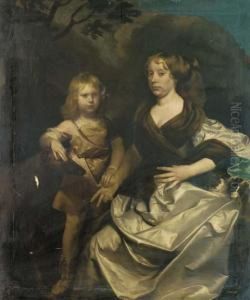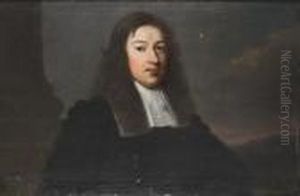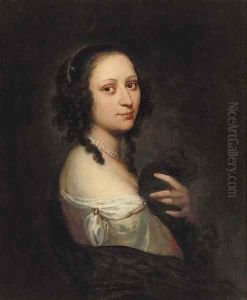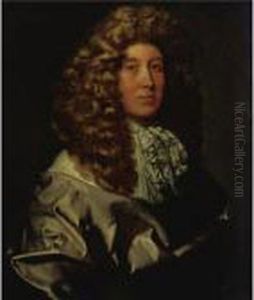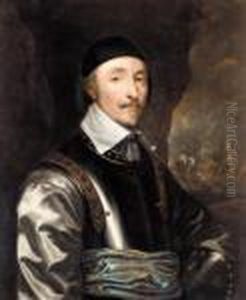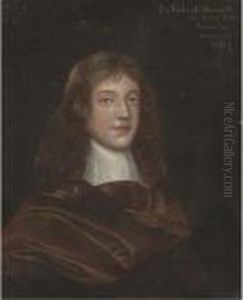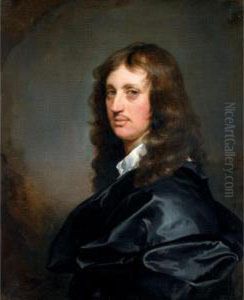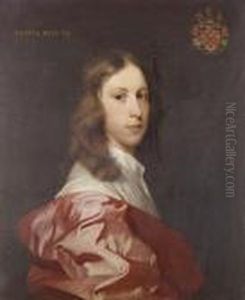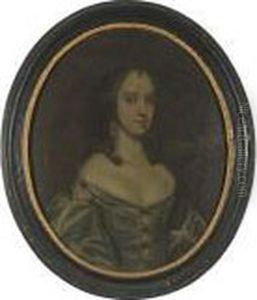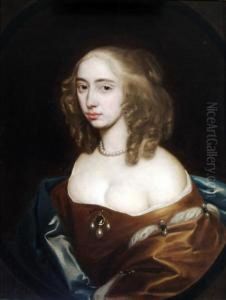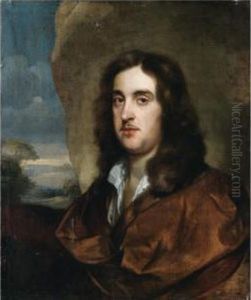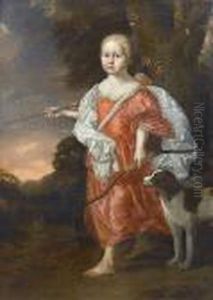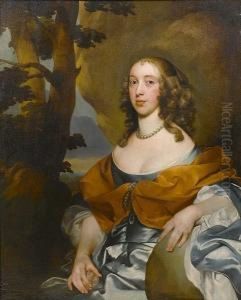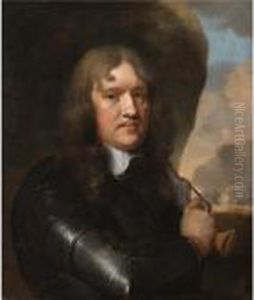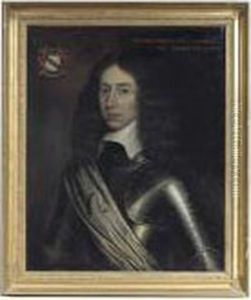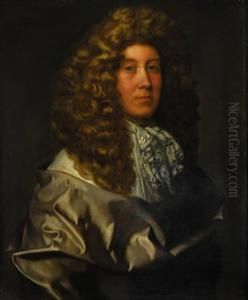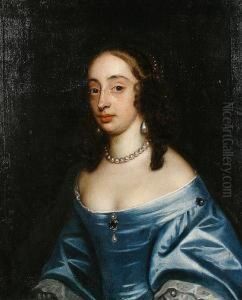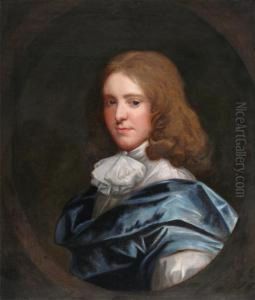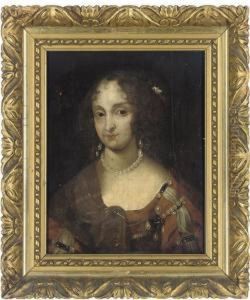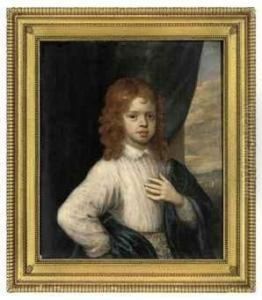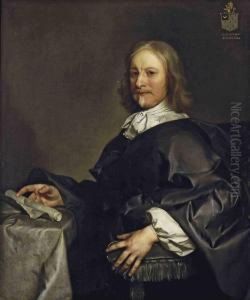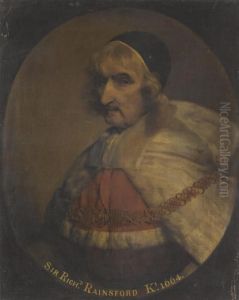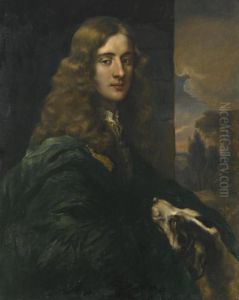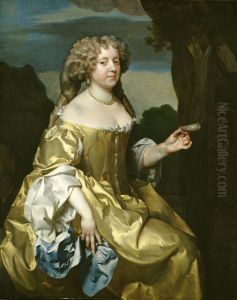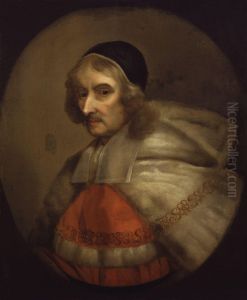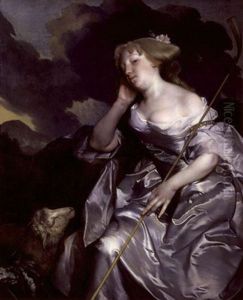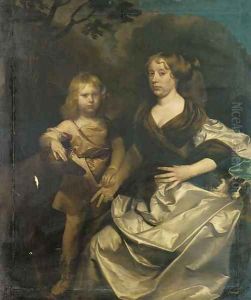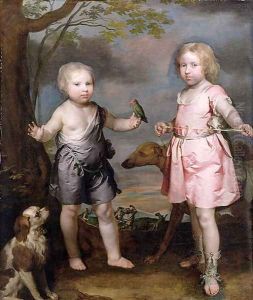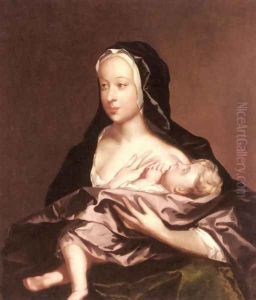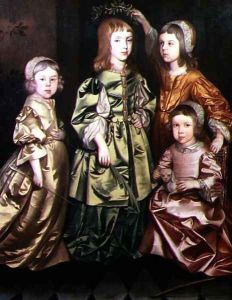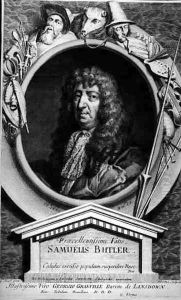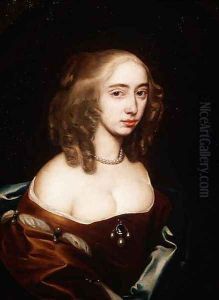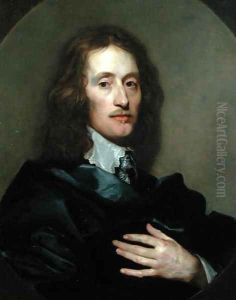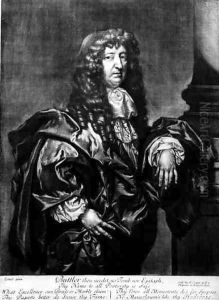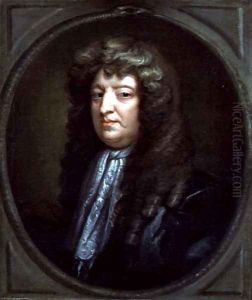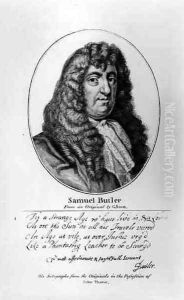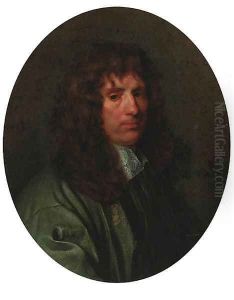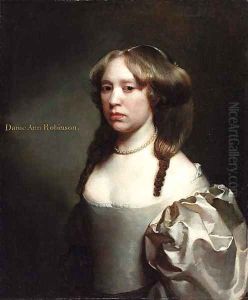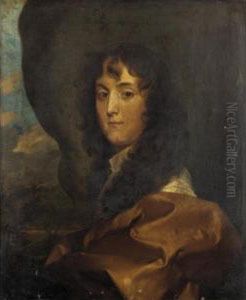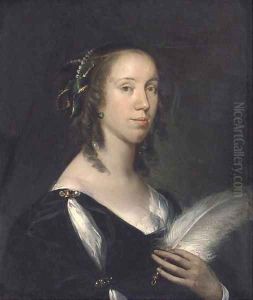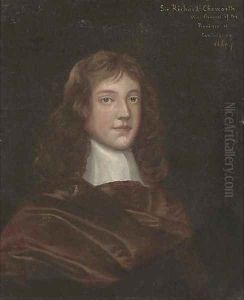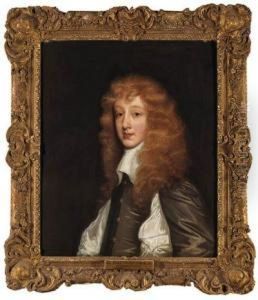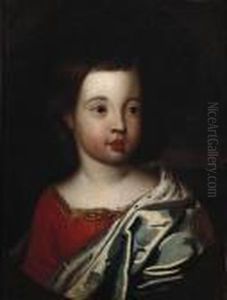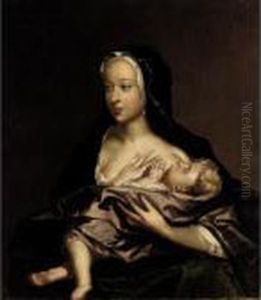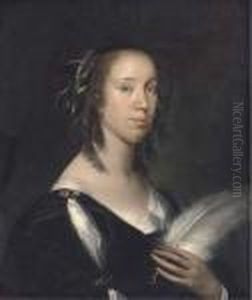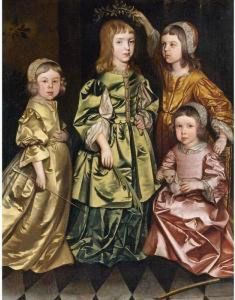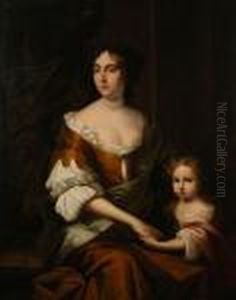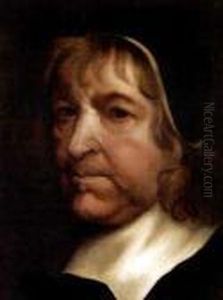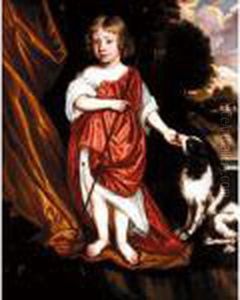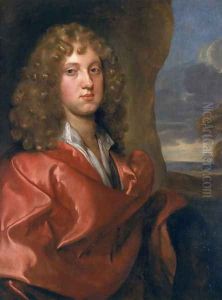Gerard Soest Paintings
Gerard Soest, also known as Gerrit Soest, was a portrait painter of Dutch origin who was active in England during the 17th century. He was born around 1600, although the exact details of his early life and training are not well-documented. Soest's work is characterized by a distinctive style that combined elements of both Dutch and English painting traditions.
Soest is believed to have arrived in England in the 1630s or 1640s, a period of great political turmoil that eventually led to the English Civil War. Despite the unstable environment, he managed to establish himself as a successful portraitist, and his clientele included members of the nobility, as well as middle-class patrons. Soest's portraits are known for their psychological insight and the lifelike representation of his subjects.
During the 1650s and 1660s, Soest's reputation as a portrait artist grew. He was particularly adept at capturing the clothing and textures of fabrics, which added a rich tactile dimension to his work. His portraits often featured a warm palette and a skillful use of lighting, creating a sense of depth and volume.
After the Restoration of the monarchy in 1660, Soest continued to work and receive commissions from royalists who had regained their power and position. He painted several notable figures of the time, including intellectuals and artists, which has provided a valuable visual record of English society during the mid-17th century.
Gerard Soest's contribution to the art of portraiture is significant, as he helped to bridge the gap between the Dutch and English schools of painting. He brought a level of sophistication and refinement to his portraits that was highly regarded by his contemporaries. Soest continued to paint until his death in 1681. His works can be found in various art collections and museums, offering insight into the style and aesthetic preferences of the period in which he worked.
